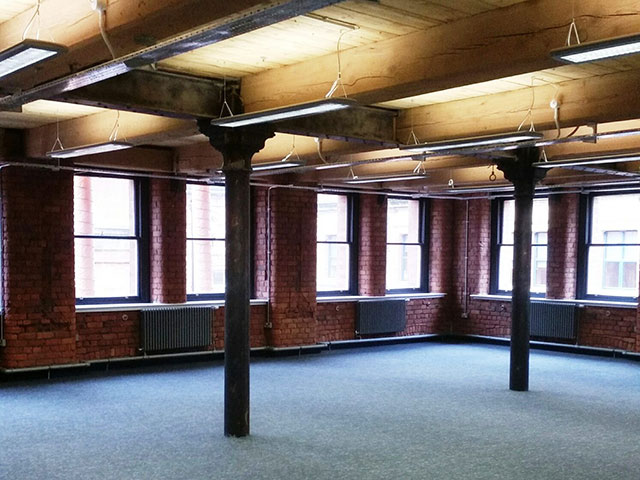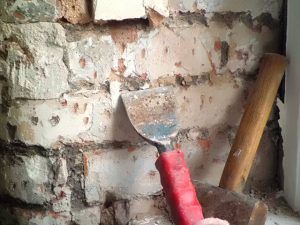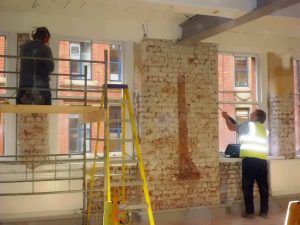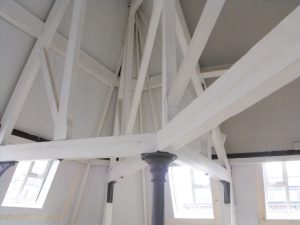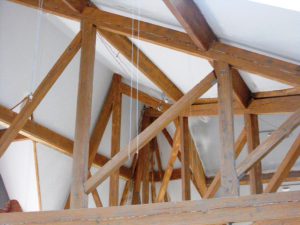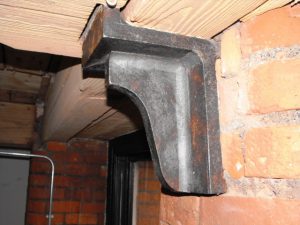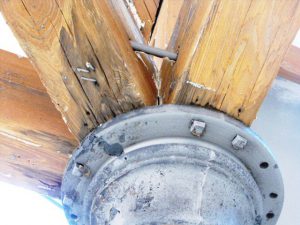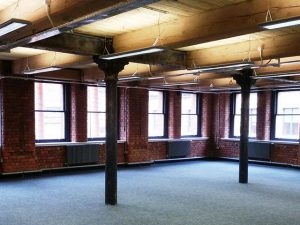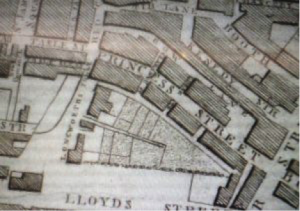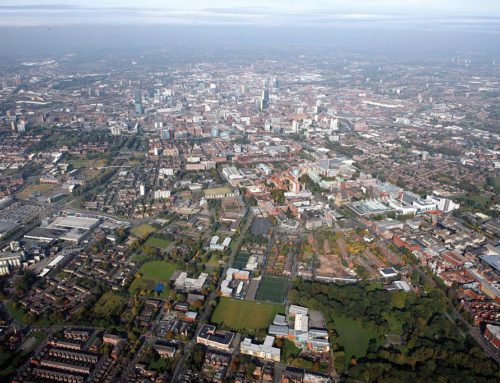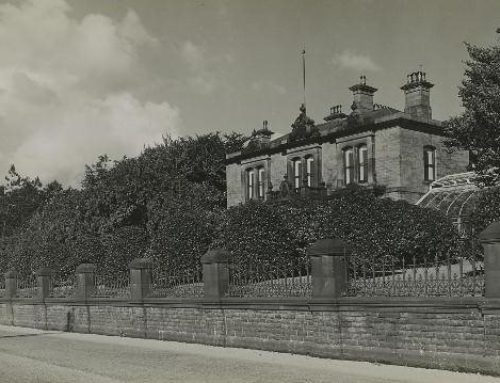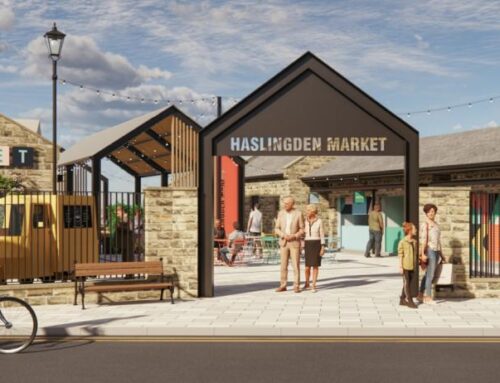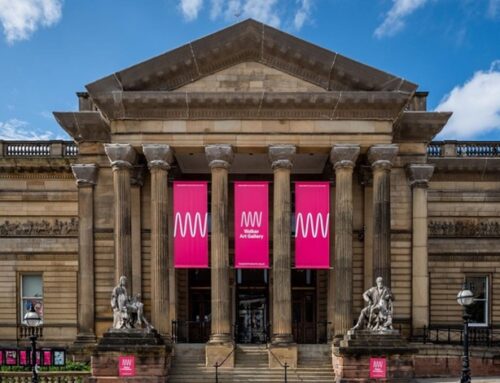In early 2017 we had the privilege of working on the regeneration of a 150+-year-old, grade II listed building known as Brunel House.
The commission involved returning the beams and steelwork to their original state and revealing sections of the original Accrington brick walls as decoration.
Plaster was removed from pre-selected sections of the walls to reveal beauty crafted by gifted builders almost 200 years before.
Followed by Grit blasting to remove a lifetime of old paint from the wooden beams, steelwork and the now exposed stonework.
The floor was soundproofed for the comfort of tenants—a modern convenience for a vintage building.
This Semi-detached Textile shipping warehouse was built in 1885 and was owned by GP GUNNIS & CO until 1913. Our careful regeneration was planned to ensure a pleasant work environment within this beautiful historic property.
History
Born into the cotton industry with his father, Mr G Gunnis, a partner to Sam Higginbotham, Son & Gunnis, Mr George Ponton Gunnis, though based in Glasgow, continued in Manchester, the traditional home of the cotton industry.
Later, choosing not to follow his father, George set up GP Gunnis in 1845 as a merchant in Glasgow. Then, in 1849, he partnered with Siegfried Liebett (a Member of Manchester’s German Community). This partnership was known as S.A. Liebett, G.P Gunnis and Co.
In the 1850s, Gunnis and Liebett became known for their printed cotton and natural grey colouring. This cotton was shipped to France, the United States, and Australia and stayed in Britain.
In 1852 Gunnis and his business contacts came together and purchased a small boat named ‘The Queen’ to be used as a sea vessel into and from Calcutta.
George died in 1879, seven years before his company came to own Brunel house. His son Francis George Gunnis took his place as a partner of G.P Gunnis & Co on the 1st January 1883 after Louisa Jane Forbes Gunnis, daughter of G P Gunnis, retired from her position.
Three years later, the company took hold of Brunel’s house a year after it was built in 1886. Francis G Gunnis, with his partners, kept the business going for another 30 years After G P Gunnis’ death. Finally, the company was dissolved on the 31st December 1913, leaving Brunel’s house without its owners of 27 years.
The Netherlands consulate owned Brunel house for less than a year, which was sold to S D Bles and Sons in late 1914. Little is known about S D Bles and Co, though we know that this company still held Brunel house when in 1926, it was pronounced bankrupt.
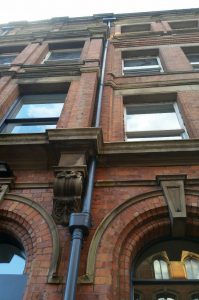 Now
Now
So, after surviving two world wars and multiple owners, this historic building is now owned by an Insurance Investment Company known for its careful restoration of properties.
From a shipping warehouse to an office complex, we were proud to be involved in the history of the building, transforming such an essential part of Manchester’s skyline into a structure for the future.
Acknowledgement
All information provided has been collected by a member of Hawthorn Estates Ltd, with help from The Gazette London search engine and Manchester library-Archive department. Building pictures are the property of hawthorn estates.


